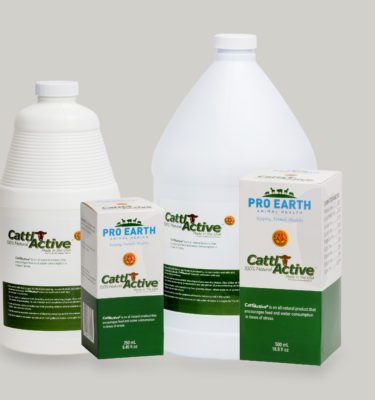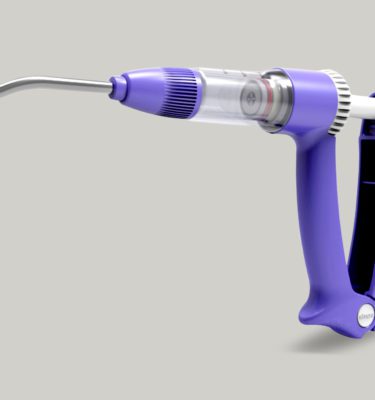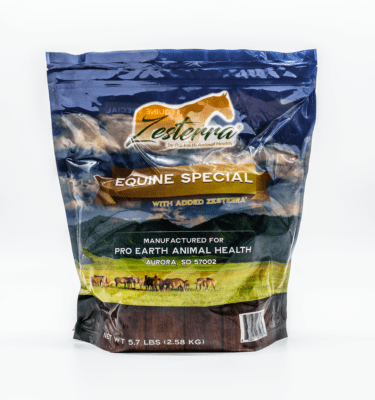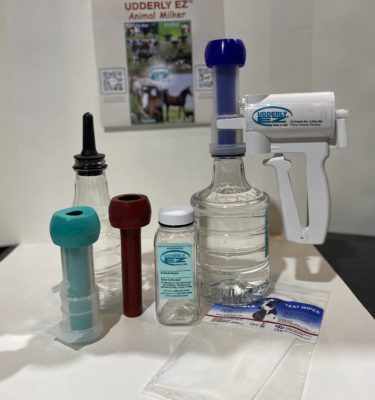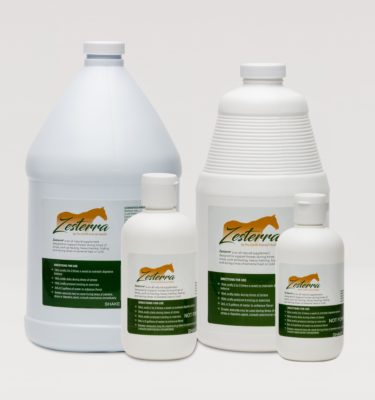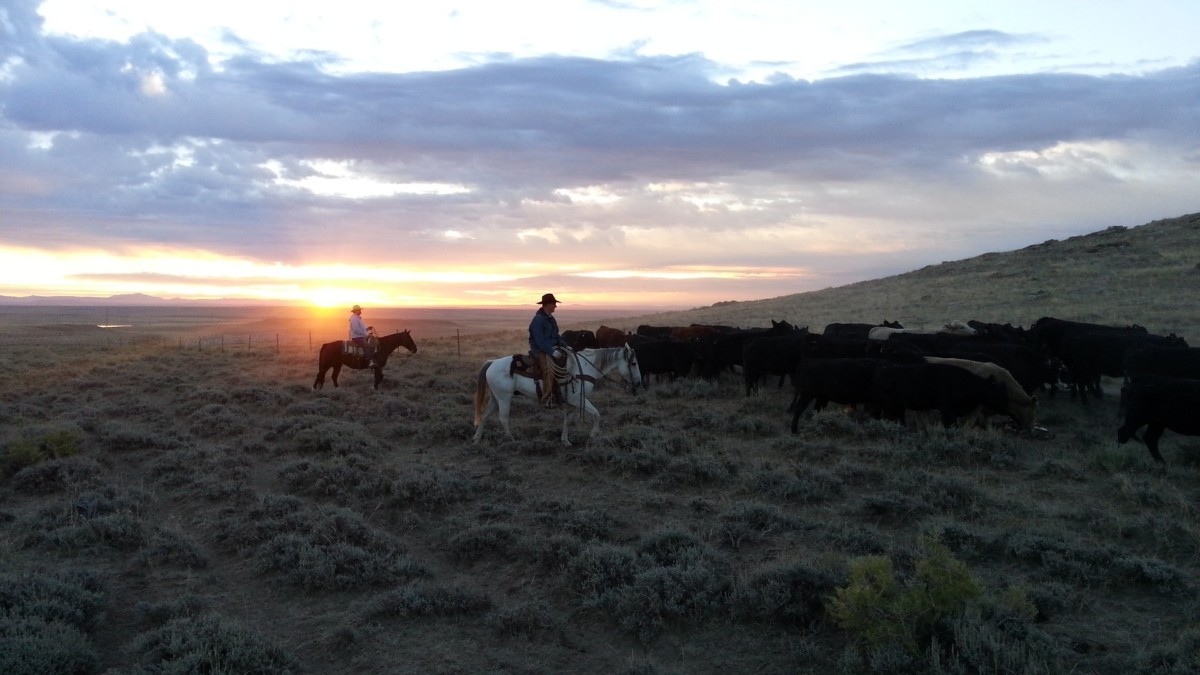
There are several situations that can contribute to the overall stress level (and subsequent hormone release) in both individual cattle and the whole herd. While it’s not possible to completely avoid these situations, measures can be taken to prevent excessive exposure. Not only does stress have an effect on immunity and the outcome of finished cattle, but it can also have a negative impact on the quality of meat or, in the case of dairy cattle, the milk itself. The factors outlined below have been found to be the most detrimental to the well-being of cattle, both physically and psychologically. In this segment the first major factor — handling — is covered; next week the remaining stressors and situations will be addressed.
Handling Techniques
Over the last few decades, the cattle industry has seen major shifts in the handling and processing of livestock. Starting in the 1970s with the findings of Dr. Temple Grandin, the face of cattle management and “best practices” has changed significantly. It was realized that with certain equipment modifications and handling techniques, the stress (and subsequent loss rate) of livestock slated for slaughter could be reduced, therefore increasing production. The same methodology can be applied in the handling and care of dairy cattle as well. Frequent, gentle handling can create trust between cow and handler. Relaxed and non-fearful milk cows produce more milk of higher quality than their stressed counterparts.
The handling of beef cattle can be a virtually stress-free event for both the animals and the handlers. According to Principles for Low Stress Cattle Handling, “An animal’s previous experiences will affect its stress reaction to handling. Cattle have long memories. Animals which have been handled roughly will be more stresses (sic) and difficult to handle in the future. Animals which are handled gently and have become accustomed to handling procedures will have very little stress when handled. The basic principle is to prevent cattle from becoming excited. Cattle can become excited in just a few seconds, but it takes 20 to 30 minutes for the heart rate to return to normal in severely agitated cattle.” This indicates that a cow may remain in a nearly constant state of stress-induced arousal with repeatedly rough or unfamiliar handling over a prolonged period of time, increasing the release of cortisol into the system. More and more ranchers are rejecting the “ram and jam” method of cattle handling, trading it in for less aggressive methods.
Branding, vaccinations, and castrations can be arduous for both cattle and handlers. Hot branding is considered to be the most stressful means of animal identification, due to the pain levels that have been measured during the procedure. The American Veterinary Medicine Association (AVMA) has outlined practices for less painful (and subsequently stressful) identification, including freeze-branding, tagging, and ear-notching.
Vaccinating cattle is absolutely essential to ensuring herd health and immunity. When administering multiple vaccines to a cow, it causes less pain to the animal when needles are changed after each injection, as they dull exponentially upon each puncture. Subcutaneous injection is always preferable, as it tends to be less painful than intramuscular injections and as such, should be used whenever feasible. Further, the spread of disease from animal to animal is less likely with frequent needle changes.
Further studies have shown that abrupt separation and forced weaning between cows and their calves can cause heightened stress responses, both physiologically and psychologically. It can prove especially detrimental in range calves that have not learned to be in confined areas or around humans. Handling calves gently from birth (or first contact) can markedly increase their trust and subsequently diminish stress responses to routine handling and moving.
Another marked stressor for cattle is overly aggressive cattle dogs. It’s of the utmost importance to ensure that any dog that is working cattle does so in a calm, methodical manner. Cattle are prey animals, making it incredibly frightening and stressful to be faced with a predator that, by all appearances, is in attack mode. Exposing both calves and mature cattle to adequately trained dogs regularly helps dispel their perceptions of danger from herding dogs.
Check back in on Tuesday for the next part of this multi-part series where I’ll outline additional stress factors that can have a negative impact on vaccinations and their efficacy. Missed the first installment? Check it out here.
Related Posts
Stress and Cortisol Can Undermine Your Herd Vaccination Programs
Herd Handling Techniques and Their Effects on the Immune System


